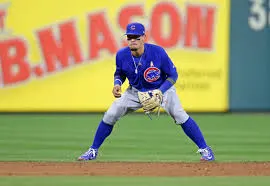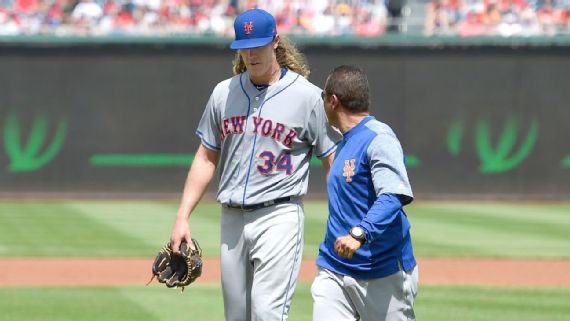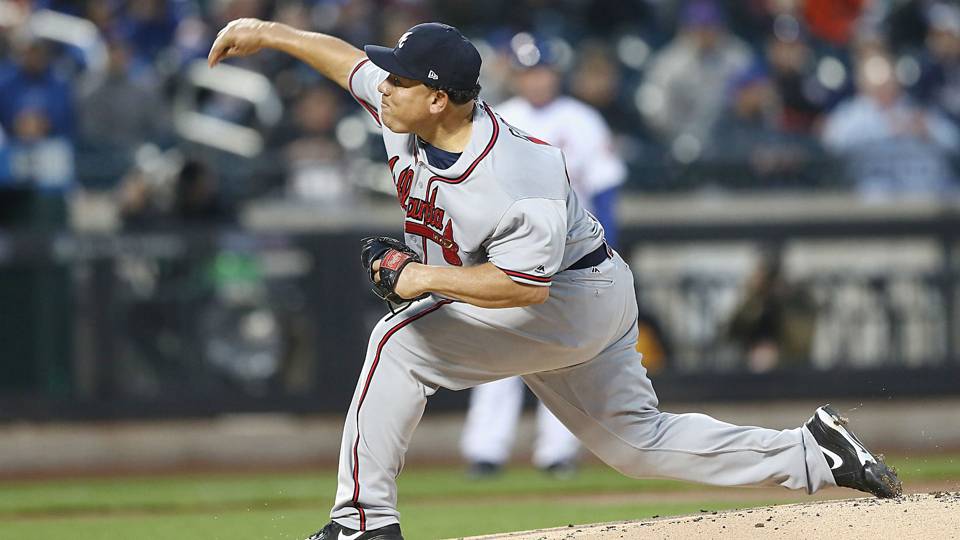Javy Baez Image Source: Cubbiescrib.com.
By Ethan Marshall
There was no question the New York Mets had to be active during Friday’s trade deadline. While the addition of Javy Baez adds another strong bat to the lineup and a great glove on the infield, the Mets failed to strengthen their bullpen. Trevor Williams certainly helps provide a better option of rotation depth over Jared Eikhoff, but with Jacob deGrom likely sidelined until September, the team could’ve used another frontline starter. Williams, who has a ERA of 5.06 this season after posting a 5.38 and 6.18 ERA in 2019 and 2020 respectively, doesn’t fit that mold. Despite the fact Acting General Manager Zack Scott was made aware of deGrom’s setback just two hours before the deadline, there were still plenty of starters available for him to attempt to acquire.
The Mets reportedly checked in on starting pitcher Kyle Gibson with the Texas Rangers, but felt they couldn’t match the offer from the Philadelphia Phillies that was ultimately agreed upon. The Colorado Rockies continued to show how incompetent their front office was by refusing to take calls on starting pitchers Jon Gray and German Marquez. The Mets talked a lot with the Minnesota Twins about Jose Berrios, but the price tag was very high, with the Twins reportedly asking for a package of Jeff McNeil, top catching prospect Francisco Alvarez and another top seven prospect within the organization. Berrios ended up going to the Blue Jays for two of their top four prospects: Austin Martin and former Mets farmhand Simeon Woods-Richardson, who was the centerpiece in the Marcus Stroman trade in 2019. However, the Mets and Twins almost came to an agreement on a deal right before the deadline that would’ve sent third baseman Josh Donaldson and pitcher Kenta Maeda to the Mets, but the teams couldn’t agree on salary coverage in time.
While the Mets bullpen already has several capable arms in Edwin Diaz, Trevor May, Aaron Loup, Seth Lugo and Jeurys Familia, the team could’ve used another arm to make it even deeper, especially with Miguel Castro being very inconsistent after a strong start to the season and Robert Gsellman’s return from a lat strain still up in the air. The Mets expressed interest in Craig Kimbrel before he was traded to the White Sox for a big haul that included highly touted second baseman Nick Madrigal and reliever Codi Heuer. Still, the Mets could’ve made a push for Angels reliever Raisel Iglesias, who was made available in the final hours of the trade deadline. They also could’ve looked to acquire former Mets farmhand Michael Fulmer from the Tigers. Fulmer, who was the centerpiece of the 2015 trade at the deadline that gave the Mets Yoenis Cespedes, has struggled to stay healthy and effective since his 2016 season, in which he posted a 3.06 ERA en route to winning Rookie of the Year. However, Fulmer has found some success this season as a reliever, posting a 3.38 ERA with six saves out of the bullpen in 2021.
As for the one move the Mets did make at the deadline, Javy Baez’s bat will especially come in handy against left-handed pitchers. This season, Baez is hitting .301 with a .603 slugging percentage and .965 OPS against them. His defense should also be a huge benefit to the Mets at shortstop until Francisco Lindor returns from his oblique strain, at which time Baez could shift to second base and form one of the best defensive double play combinations in the MLB. It will also be interesting to see at that point who will get the most reps at third base. The logical answer would be Jeff McNeil, with JD Davis acting as a big bat off the bench. However, with Michael Conforto currently in a 13 for 77 slump at the plate, another option could be to put McNeil in right field if his leg fatigue is no longer an issue and Conforto is still struggling offensively by the time Lindor returns. That may be a controversial move, but right now Conforto is doing more harm than good every time he steps to the plate. This would also allow the Mets to platoon Davis and Luis Guillorme at third base, with Guillorme also presenting an option as a late-game defensive replacement.
Overall, the Mets did a good job at the deadline by adding an impact bat in Baez, but there was so much more left to be desired, as they didn’t bolster the pitching besides adding depth in Trevor Williams. Until Jacob deGrom and Noah Syndergaard come back, the Mets will have to rely on a rotation of Marcus Stroman, Taijuan Walker, Carlos Carrasco, Rich Hill and Tylor Megill to keep them above water. With Walker struggling since the all-star break and Carrasco having just made his Mets debut, they’ll need to step up if the Mets hope to maintain a lead in the NL East. Hill, who was acquired at a time when the Mets were desperate for starting pitching, may need to prove he can pitch a third time through an opposing team’s lineup in order to put less pressure on a bullpen that could use the rest.
The Mets once again will have to hold the line until reinforcements arrive in the forms of deGrom and Syndergaard. They’ll also need more offensive contributions from players other than Brandon Nimmo, Jeff McNeil and Pete Alonso. If Baez can bring even a fraction of the impact on the Mets offense that Cespedes brought in 2015, the team should be in good shape. August could prove to be a critical month in the 2021 season for the New York Mets.




